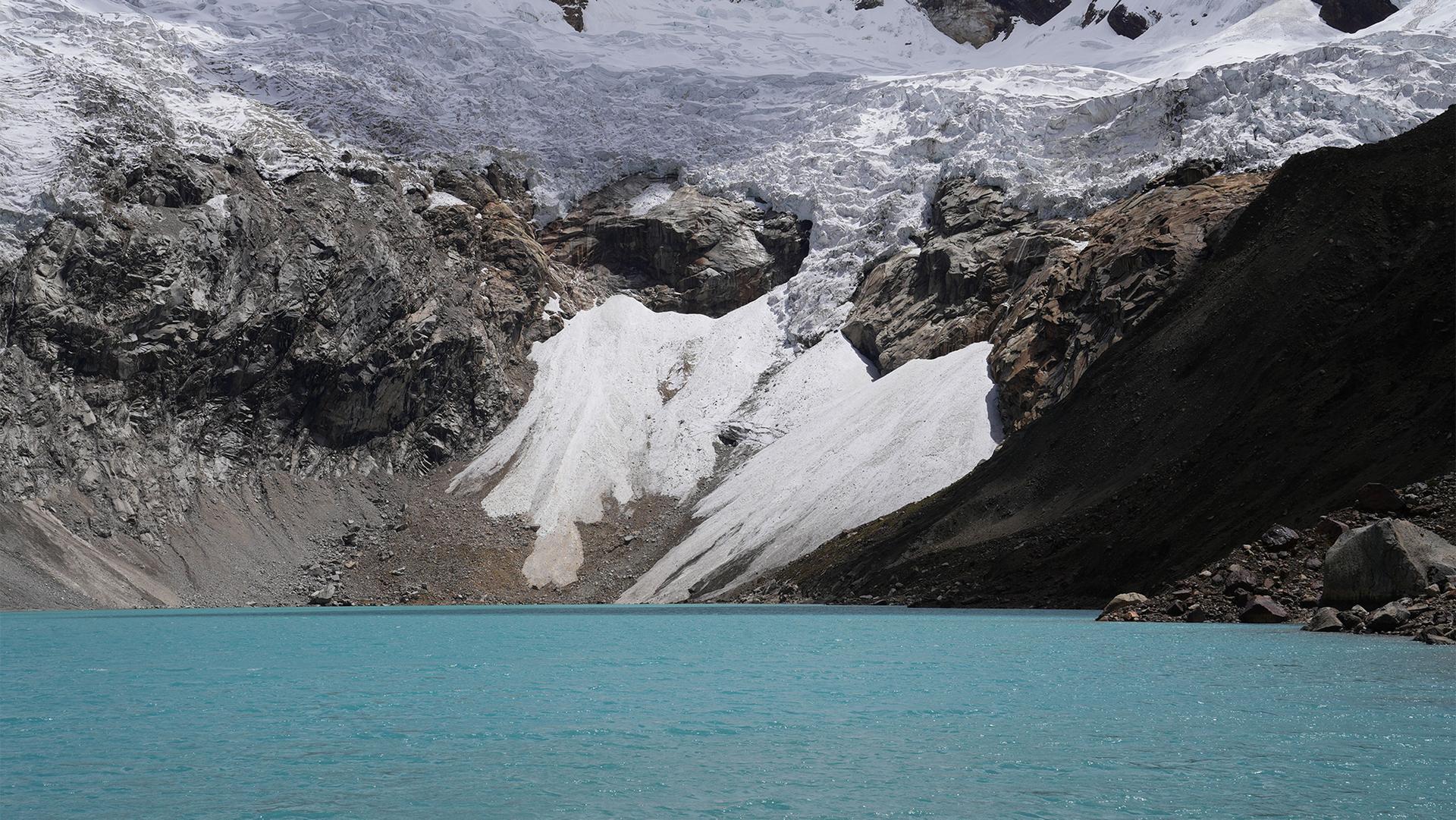‘We are worried’: Melting glaciers lead to dangerous overflow in this Peruvian lake
The turquoise waters of Lake Palcacocha are a beautiful sight to behold. On its northeastern edge, a huge glacier looms above the water, its white cliffs sparkling under the sun.
The lake is located 15,000 feet above sea level in the Andes Mountains, near the Peruvian city of Huaraz.
As temperatures become warmer and ice sheets melt in the area, the lake has become increasingly dangerous due to its overflow potential. Palcacocha is one of dozens of lakes around the world that now pose a threat to towns and villages in mountain ranges like the Andes or the Himalayas.
“If a large chunk of ice breaks off from the glacier, and falls into the lake, it will empty the lake out and generate floods and avalanches downstream,” said Jesus Gomez, an expert on glaciers at Peru’s Institute for the Study of Mountainous Ecosystems.
“It’s hard to tell when something like that could happen, so we have to constantly monitor the area.”
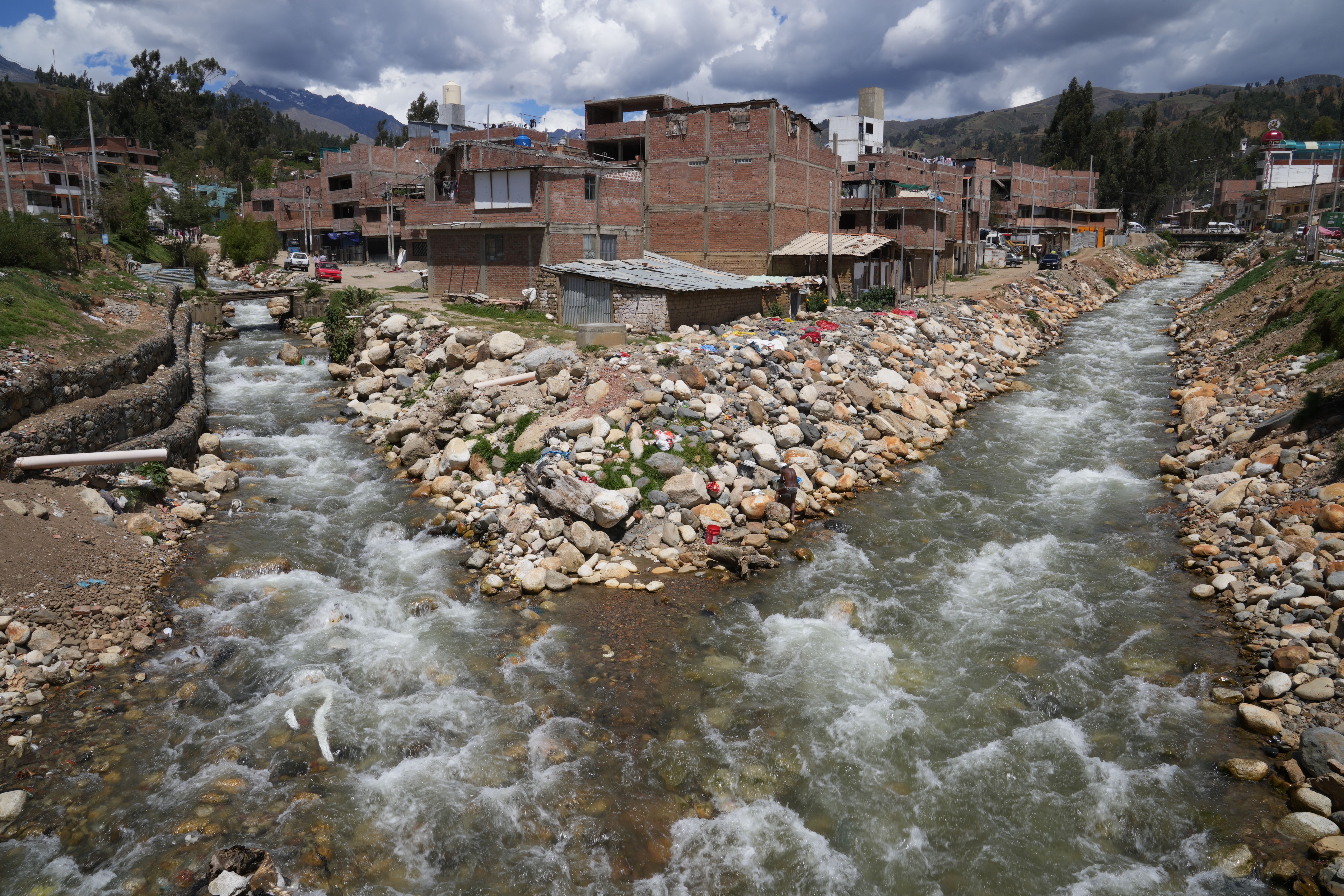
The avalanche could easily reach Huaraz, a city of 100,000 people in a valley below, where several neighborhoods have been built along a river that comes from Lake Palcacocha.
“We are worried about what could happen,” said Teo Pineda, a driver who lives near the river in a three-story house. “This melting of the glaciers is already making the levels of the river go up.”
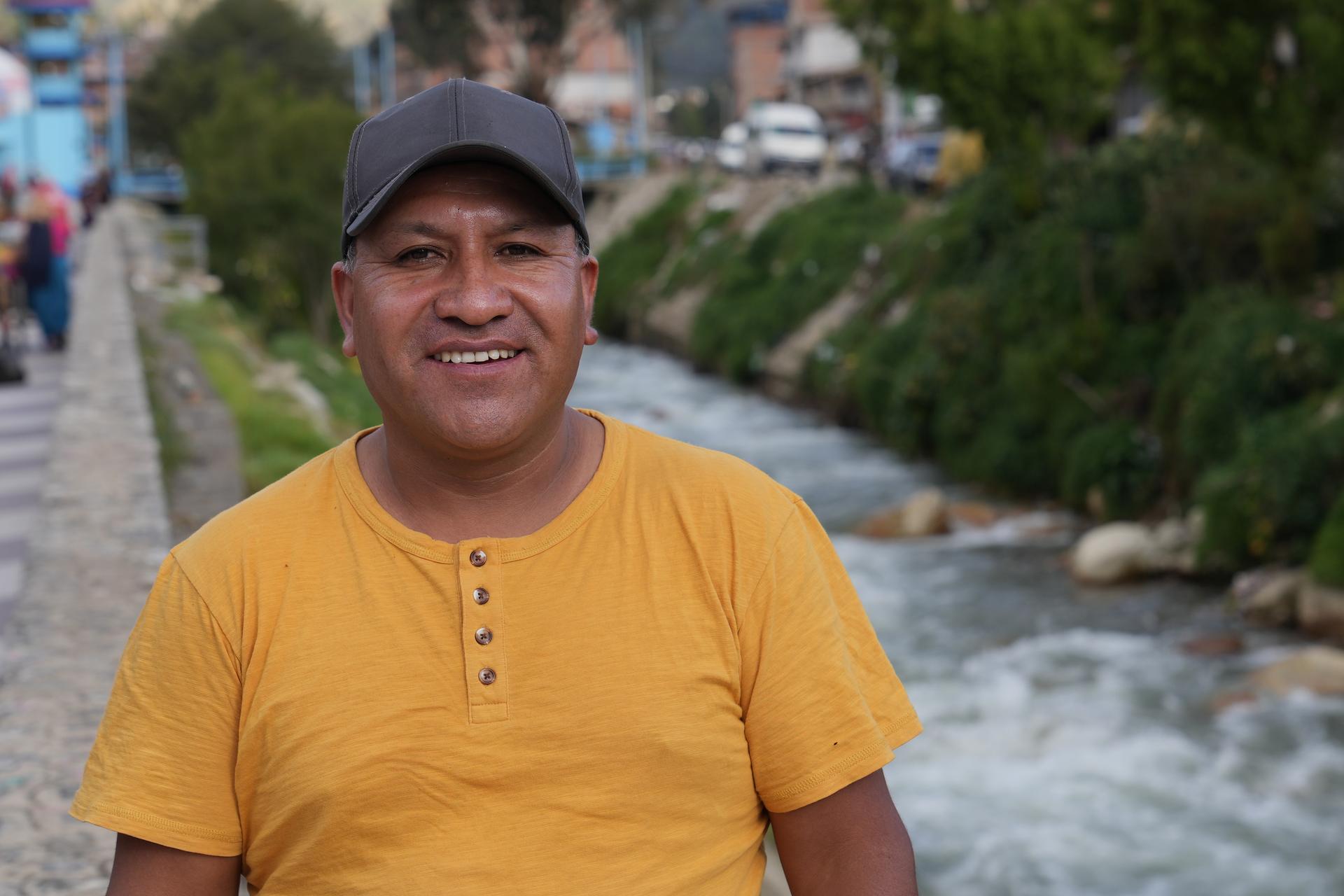
According to a study published in February by the Nature Communications journal, 15 million people around the world are currently exposed to floods originating in high-altitude glacial lakes. Scientists call these events glacial lake outburst floods, or GLOFs.
Most people currently exposed to GLOFs live along mountain ranges in China, India, Pakistan and Peru, where glaciers have been melting over the past century. The lakes that then form below them have also become bigger.
Another study published in Nature Communications in 2020 found that the total surface area of glacial lakes around the world increased by 51% between 1990 and 2018 — with hundreds of new lakes also being formed.
In Peru, Lake Palcacocha’s surface area has grown by 30 times since the 1970s as the glacier above it slowly melts.
The lake already burst in 1941, when heavy rains eroded the land around Palcacocha.
Around 10 million cubic meters of water — the equivalent of 4,000 Olympic swimming pools — spilled out of the lake and rushed towards Huaraz, creating a flood that destroyed almost every building in its path, killing 1,800 people.
“It’s probably the largest volume of water ever to impact a major urban settlement in the world,” said Steven Wagner, an archeologist who lives in Huaraz, and wrote a book about the flooding.
“That large volume of water tumbled boulders that were two stories high, they rolled along [the mountain] and made an infernal sound.”
Preventing future disasters
To stop Lake Palcacocha from bursting again, officials in Huaraz built a dike on its southwest edge, where water flows out of the lake.
They also set up big, plastic tubes that siphon water out of the lake so its levels don’t rise.
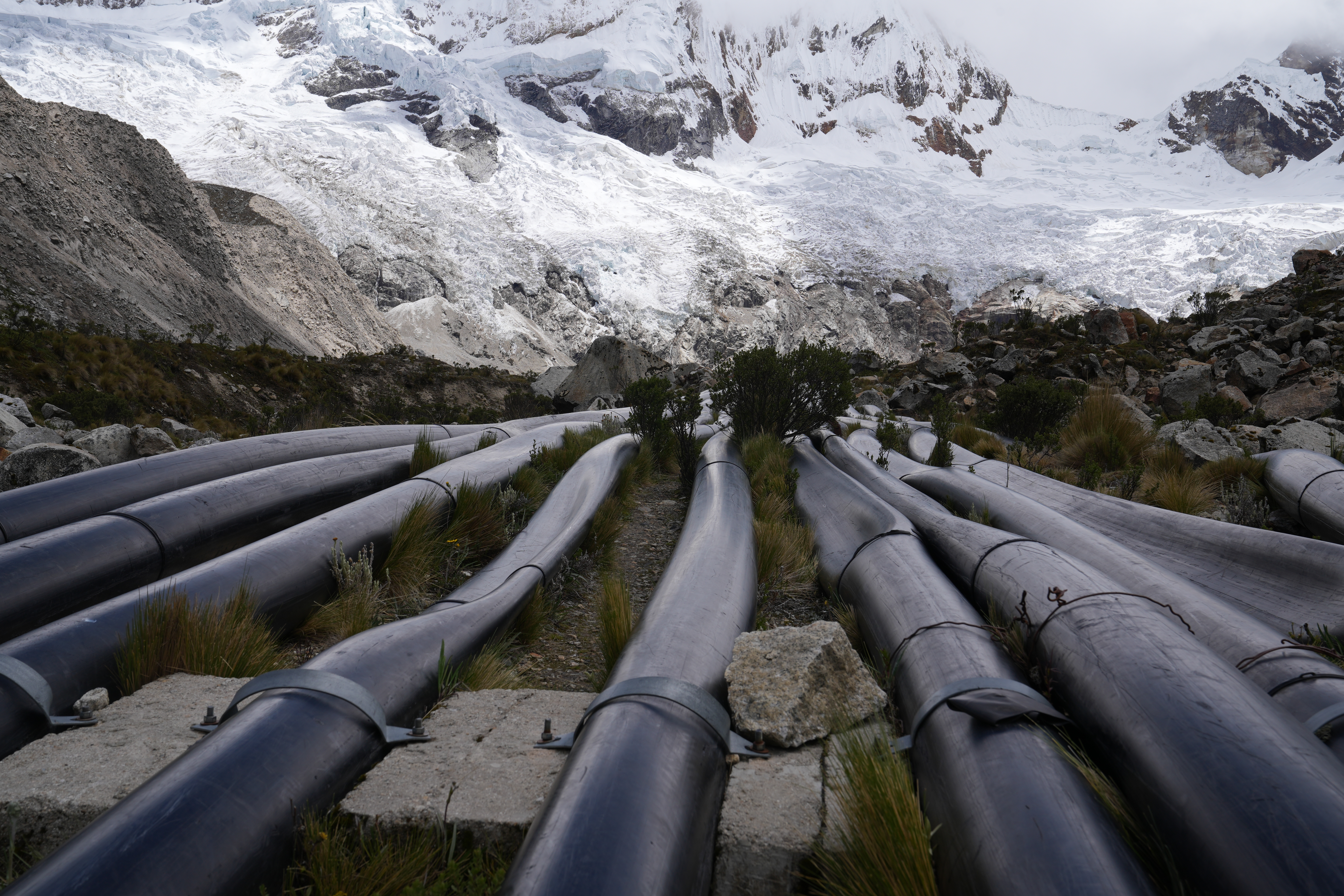
Marlene Rosario oversees these projects financed by the regional government. But she said many more adaptations need to be carried out around the lake.
“The problem with just siphoning water out of the lake is that we are not preserving the water for future use,” she said.
Huaraz has plenty of water now. But if the glacier continues to retreat, that water could become polluted, because it will come into contact with toxic minerals.
“Eventually, we will need to build reservoirs and treatment plants below the lake,” Rosario said.
Holding the polluters accountable
Some people in Huarez say that those who are responsible for climate change should help pay for these adaptations.
Lake Palcacocha has long served as a water source for the city and surrounding villages. People hope these adjustments will preserve the lake and no longer threaten the city’s survival.
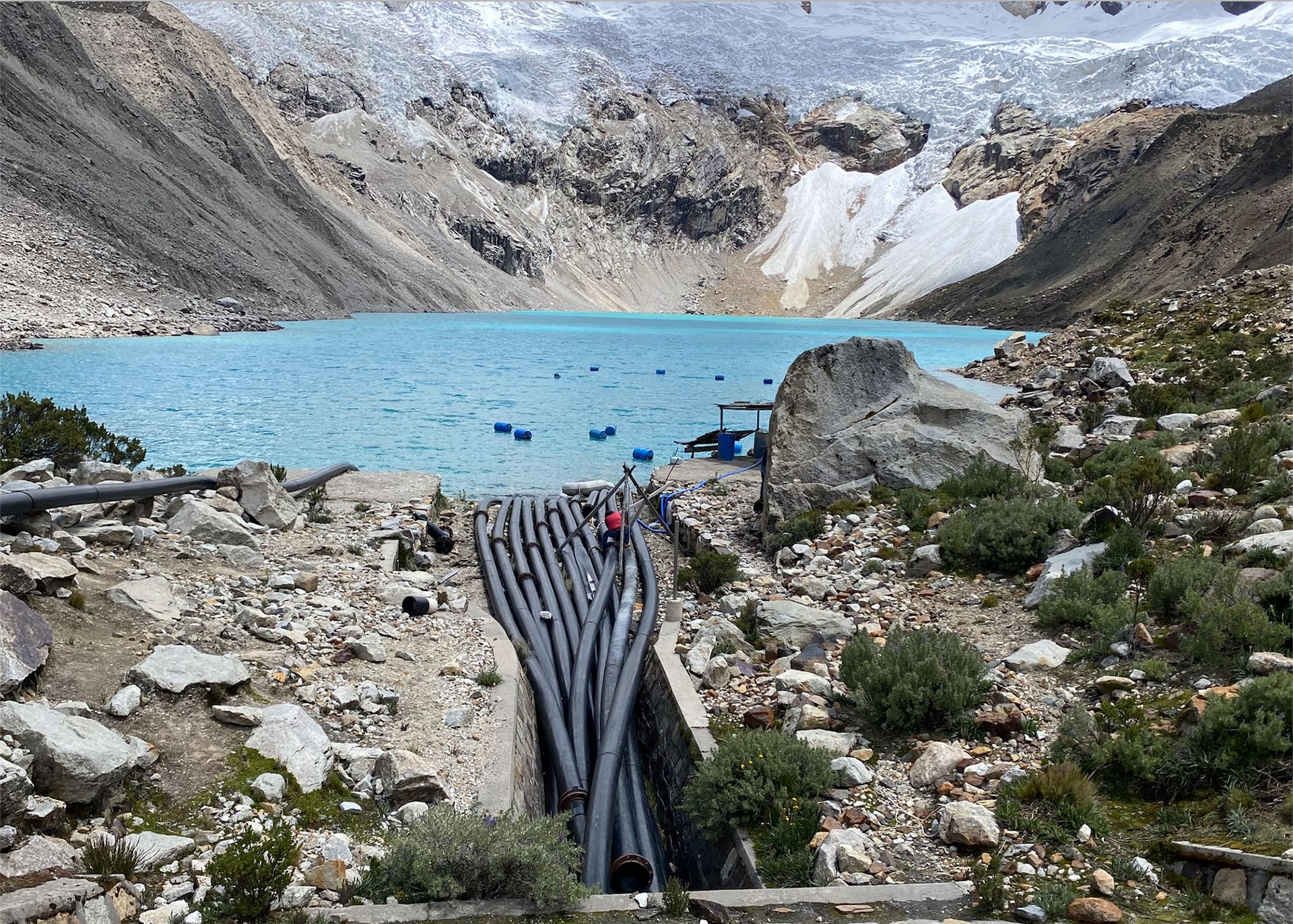
In 2017, mountaineering guide Saul Lliuya teamed up with German Watch, an environmental group, to sue RWE, a German energy company.
RWE made electricity for decades in Europe by burning massive amounts of coal. The company is now phasing out its coal-fueled power plants, but a 2013 climate study claims that it is responsible for half of a percent of global emissions since the 19th century.
“I have seen firsthand how the glaciers are melting because of climate change,” Lliuya said at his home in Huaraz.
“And we need to [hold] companies that are responsible for that accountable.”
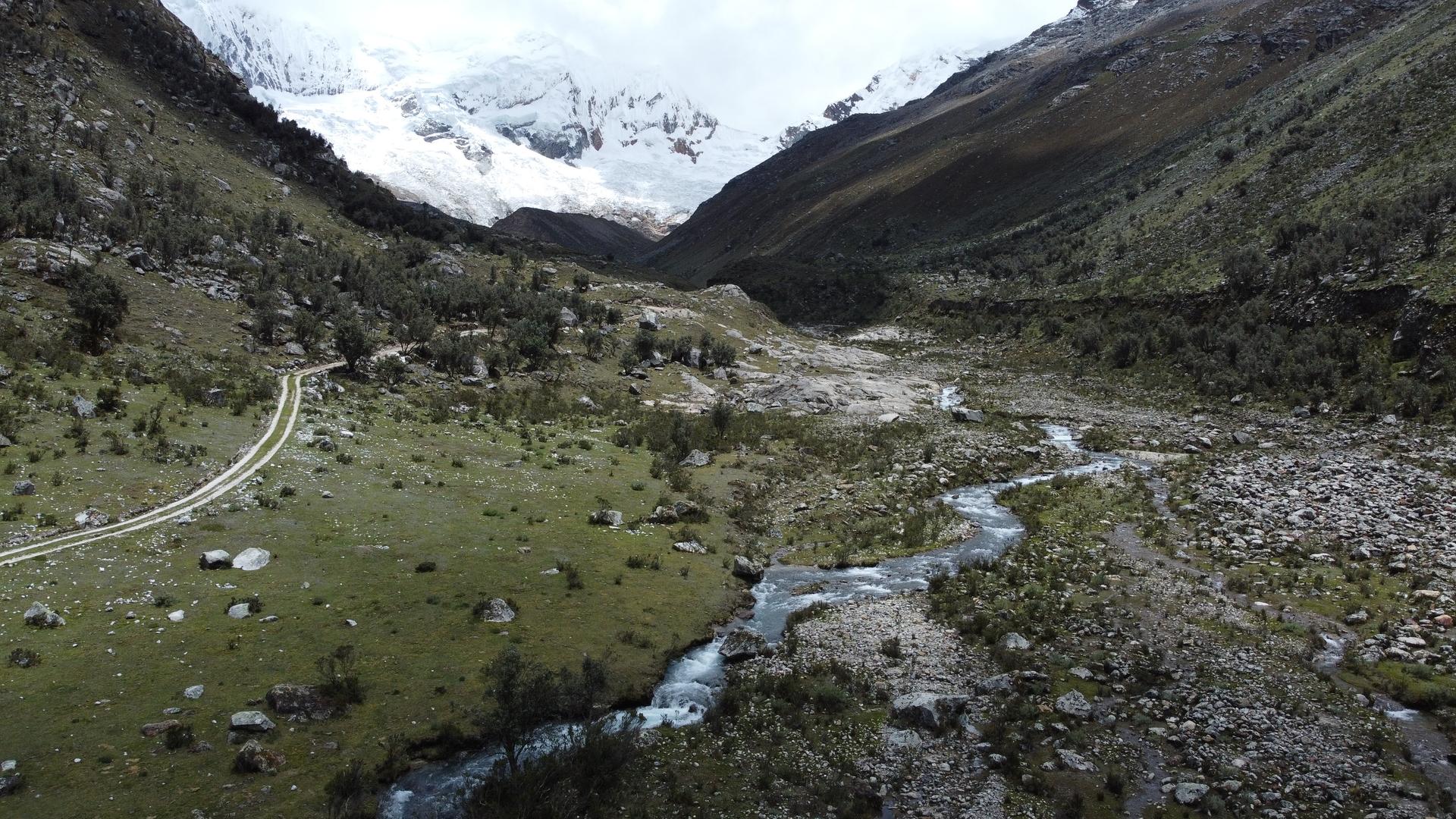
Lliuya’s lawsuit says RWE should pay for 0.5% of the costs of flood prevention programs in Huaraz, or what amounts to around $20,000 dollars. The case is currently being reviewed by a German court.
“If we put some pressure on those who emit greenhouse gasses, perhaps they will have to change their practices,” he added.
“We are not going to recover all the damage that’s been done, but at least we can stop this kind of pollution in the future.”
Related: Protests across Peru are keeping tourists away from the country’s top travel destinations
